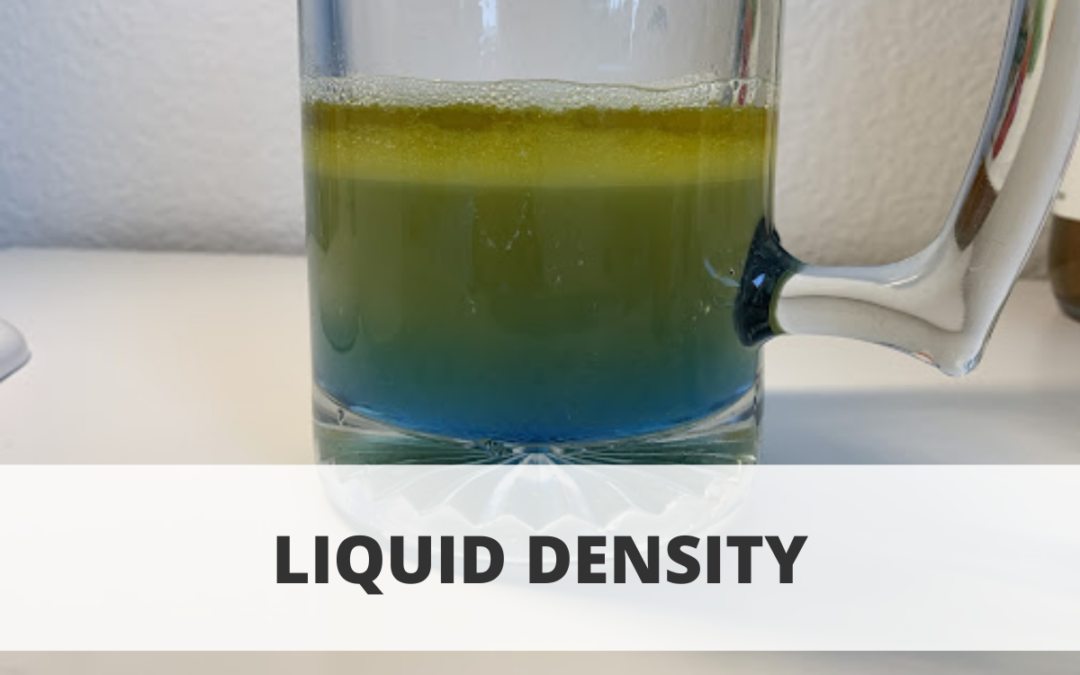Learn about density through this fun experiment!
MATERIALS:
- Dish Soap
- Olive Oil
- Vinegar (We’re using apple cider vinegar)
- Clear container or cup
Key Words:
Density
Mass
Volume
Immiscible
Step 1:
Take your container or cup, and pour your dish soap into it. Don’t worry too much about how much you’re pouring in, you need to be able to see the soap clearly.
Step 2: Pour in slowly, your (apple cider) vinegar. The contents may look murky for a bit but it will settle, then you will start to see something like this.
Step 3: Pour in some olive oil. You will now be able to see the way the contents created three separate layers. They aren’t mixing completely. The soap stayed at the bottom, the vinegar in the middle, and the oil floating at the top. (this may be different depending on the type of vinegar you are using!)
Step 4: Move it around, see how it doesn’t mix completely? The layers stay in their areas. Experiment for a bit! Add more of one liquid, add different liquids, or mix it with a spoon! Track your results.
What we just saw was the result of different densities. What is density? Density is how much mass is in a certain space. In simpler terms, it is how much space something takes up. (how big, thick, small, thin, heavy, light) If something is big, it has a higher density than something small. Liquids can have density too! Liquids take up space, therefore they have mass and density. You can calculate density as well. The formula for density is the mass divided by its volume. What is mass? Mass is the weight of an item. Volume is the space it takes up. The liquids not mixing means they are also immiscible.
Why did the liquids not mix? Why were they staying in layers? This was because they have different densities! The olive oil is lighter than the vinegar, but the soap is heavier than both so it stays at the bottom. The denser one will stay at the bottom, and the less dense one will float at the top. Tell us in the comments below which liquid is the most dense in this experiment.

